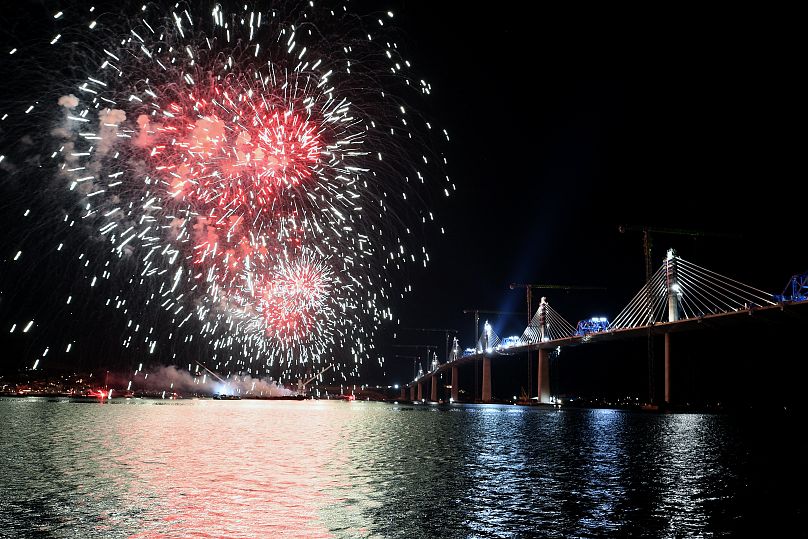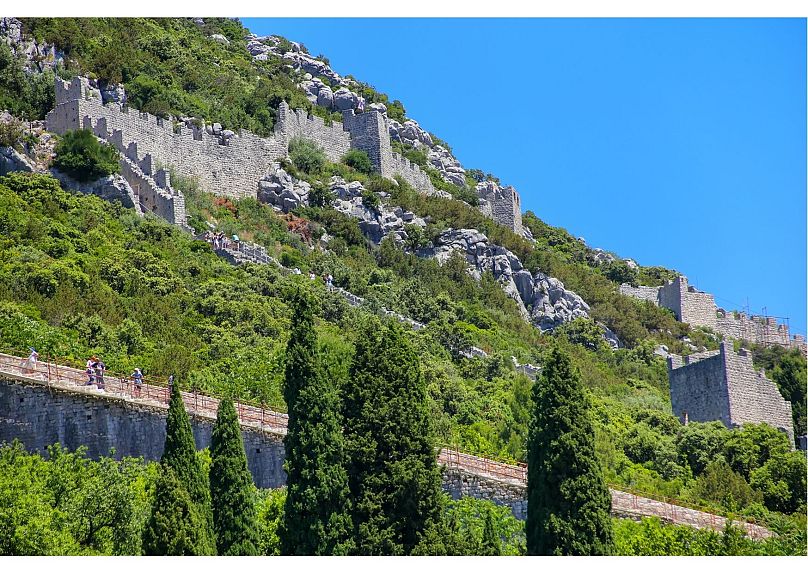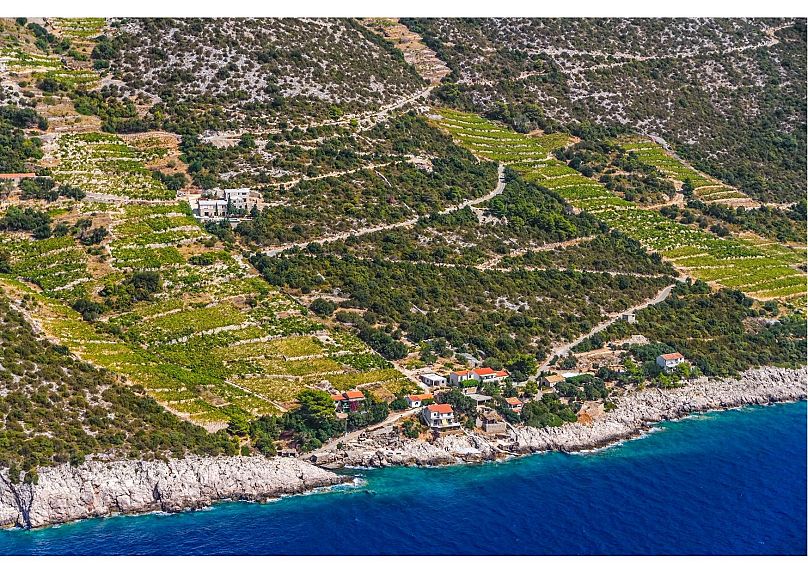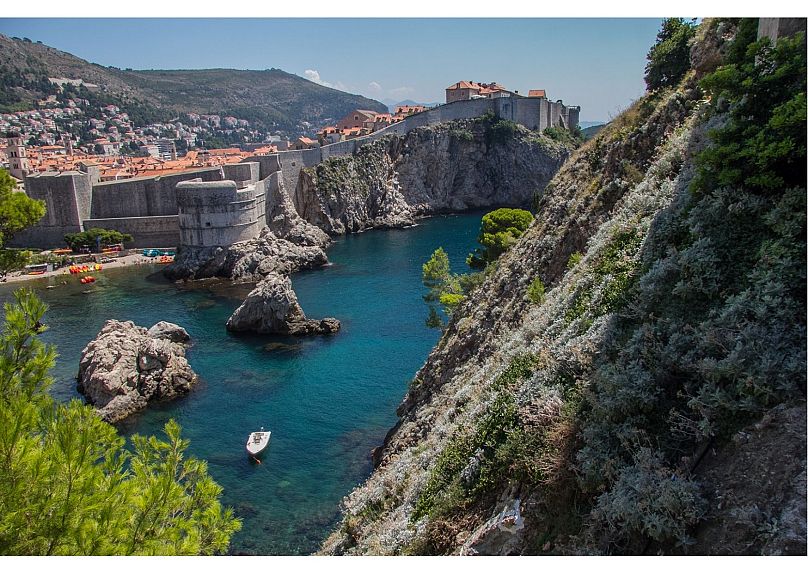Kitesurfing, sailing and wine: Why Croatia should be your next trip
 ADVERTISEMENT
ADVERTISEMENT
Renowned for its beautiful beaches and with over 1,000 islands to its name, Croatia is a leading destination for nautical tourism.
It's also about to become a lot more accessible. From January 1, 2023, Croatia will lift its border controls with other Schengen countries, meaning you can enter from Europe's passport-free zone with ease.
Home to the largest boat charter fleet in the world, this diverse country sits at the crossroads of central and southeast Europe on the Adriatic Sea.
Don't worry if you get seasick though, there's something for everyone in this Balkan country.
How do I get to Croatia's Peljesac peninsula?
While Dubrovnik’s cobbled streets are packed with Game of Thrones fans (the city was a key filming location for the series), just an hour away you can discover Croatia's quiet side.
The 65km Pelješac peninsula, is the second longest in Croatia. Located just 87km north of Dubrovnik and 144km south of Split, it's a popular destination for long weekends.
It, too, recently became more accessible. In July 2022, a bridge was unveiled linking Split and Dubrovnik, finally bypassing the need to travel over the border into Bosnia and Herzegovina.
Arriving via the Adriatic coast road from Dubrovnik, the first thing that will catch your eye are the Walls of Ston. These 5.5km long defensive walls run along the steep slopes that join Ston and Mali Ston, two fortified medieval towns on the isthmus (a thin strip of land).
The Ston Wall, built in 1333, is thought to be the longest preserved medieval stone fortification system in Europe, and one of the longest such walls in the world.
It's also the location of the Ston Wall marathon held every September. Well worth a visit are Ston's 'white gold' salt works, the oldest salt harvesting site in the Mediterranean. Foodies meanwhile, can enjoy Ston's famous mussels and oysters, fresh from the beds in the Mali Ston Bay.
Where can I try Croatian wine?
The peninsula is also Croatia’s most famous wine region. The colourful little harbour of Trstenik is home to Grgić Vina, the winery established in 1996 by legendary Napa Valley winemaker, Croatian-born Miljenko 'Mike' Grgich.
Mike made his name with a winning Chardonnay at the 1976 legendary Paris Tasting, the first great triumph of Californian wines in Europe. In 1958 Mike noticed the resemblance between the Napa Valley Zinfandel grape and Croatia's native Plavac Mali.
35 years later he grew Plavac Mali (meaning 'little blue' in Croatian) in a small, steep area of vineyards on the south-facing slopes of the peninsula, perched above the Adriatic Sea.
Where can I sail in Croatia?
To "truly experience Croatia, try sailing along the Adriatic and stopping at many of its coastal cities and docking at a few islands en route," suggests the director of Croatia's National Tourist Board, Kristjan Stanicic.
"It's the best way to experience Croatia from spring through autumn - cities such as Dubrovnik, Split, Zadar and Rijeka are great starting points." If you're a land-lover though, you can hire a car and explore regions such as Istria and Dalmatia.
What are the best restaurants in Croatia?
Croatia has 84 restaurants in the Michelin guide, 10 of which are Michelin starred.
"In the Istrian Peninsula you can find truffles and the best olive oils in the world as well as excellent white wines, mostly Malvazija," says Stanicic.
For red wines, head to Dalmatia for indigenous grapes such as Plavac Mali. As well as fine dining, you can also find popular budget restaurants providing traditional regional food. "We call them Konoba (taverns). They serve seafood if you're near the sea, or if meats you're in continental parts."
Neretva is the biggest agricultural region in Croatia and is known as the homeland of mandarins.
Though more commonly associated with French gastronomy, frogs are the specialism of several Neretva Delta restaurants. One special dish is frog and eel brudet, a rich, chunky stew seasoned with bay leaves and hot peppers.
The mouth of the Neretva river is also a mecca for kitesurfing. This is due to its shallow sea, beautiful beaches and very steady and reliable thermal wind in the summer months.
Where to go for a short break in Croatia
Zagreb or any of the other coastal cities are worth a visit for a different Christmas experience, suggests Stanicic.
While Dubrovnik is always top of the list for most visitors, Split has grown in popularity, as well as the Dalmatian islands of Hvar, Brač, Vis and Korčula among others.
For something new, try Zadar, Pula and Rijeka.
Where can I see wildlife in Croatia?
Croatia has eight national parks and 12 nature parks for outdoor enthusiasts to explore.
In central Croatia lies Plitvice Lakes National Park, which is UNESCO recognised. Set in a forest reserve, it consists of a chain of 16 terraced lakes, joined by waterfalls that extend into a limestone canyon.
The Nature Park Kopački Rit, a UNESCO GeoPark, and Nature Park Papuk are home to some of the best examples of Croatia's ancient flora.
The Gorski Kotar and Lika regions meanwhile, are some of the best places to see the Croatian bear, wolf, lynx and otter in their natural habitats.
Croatia is also home to some of the rarest bird species in the world, such as the griffon vulture, golden eagle and long-eared owl. Many shorebirds and migratory birds stop in Croatia on their way to Africa.
Visiting the protected swamplands in Nin, Nijemci or the Nature park Vrana offers a unique opportunity to see the birds in their natural habitat.
2021 also saw the naming of a new nature park, Dinara Nature Park.
What is the best time of year to visit Croatia?
Croatia is best known as a sun and sea destination, but visiting in April and October, means you can enjoy the most popular destinations, such as Dubrovnik, with fewer crowds.
Croatia’s capital and other cities like Split can be visited year-round, and from there you can explore other parts of the country by car, even in winter.
Where to stay in Croatia
Luxury travellers should try out the new Hilton Rijeka Costabella Beach Resort & Spa, a 5-star hotel in Rijeka.
Or if you're looking for sustainable luxury, stay at Villa Nai 3.3 on the island of Dugi Otok (Long Island).
Families should explore Aquapark Shhhuma, located in the Nature Park Papuk.














